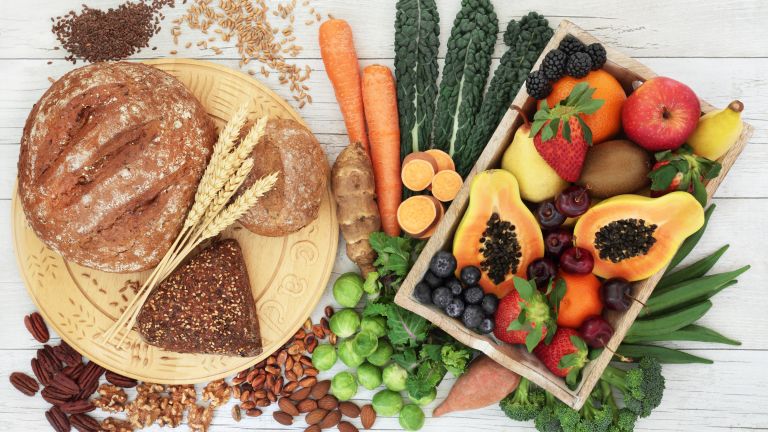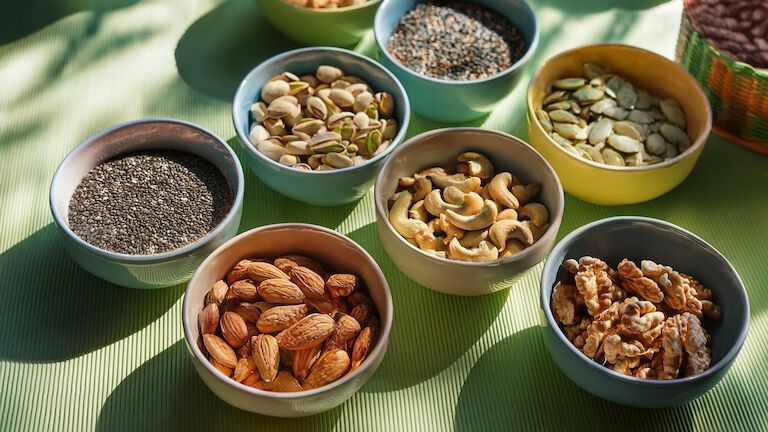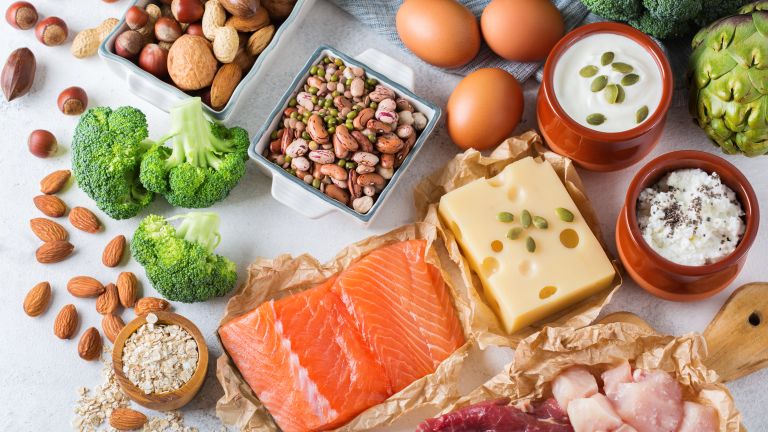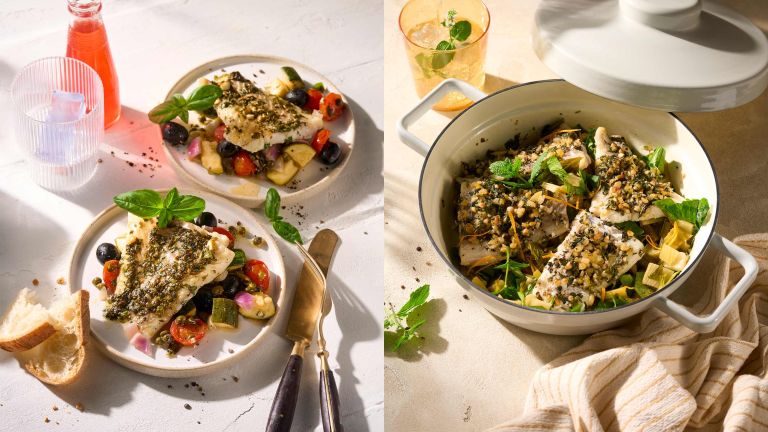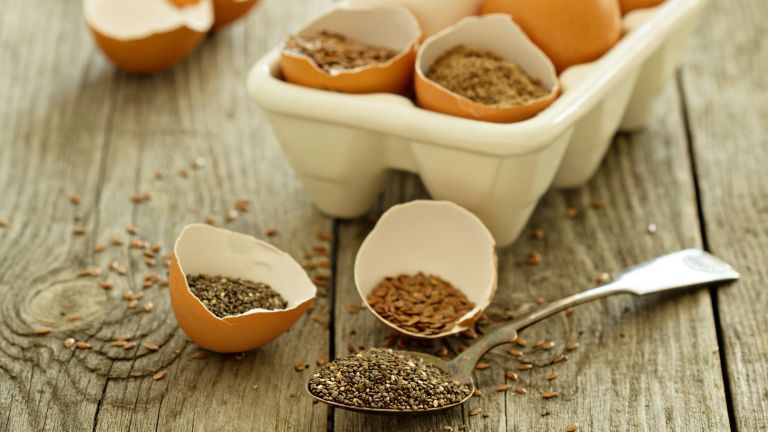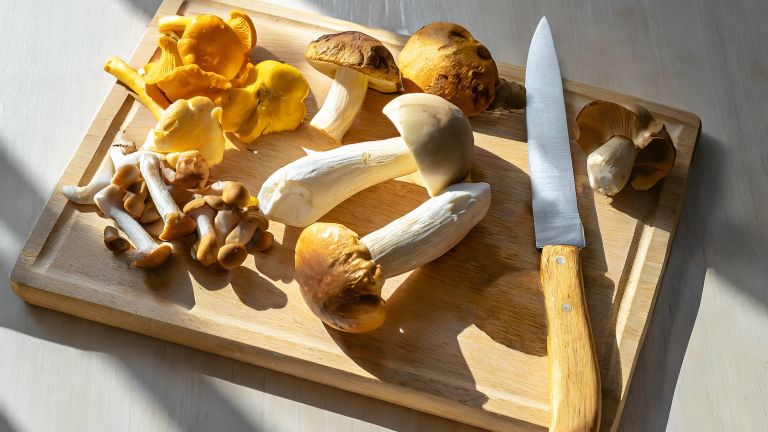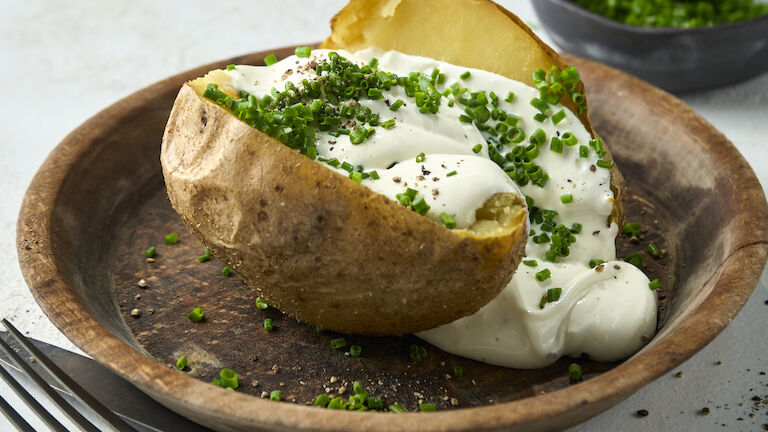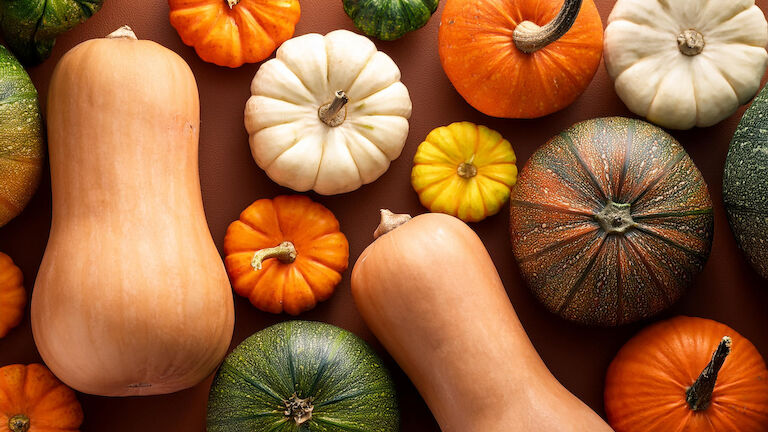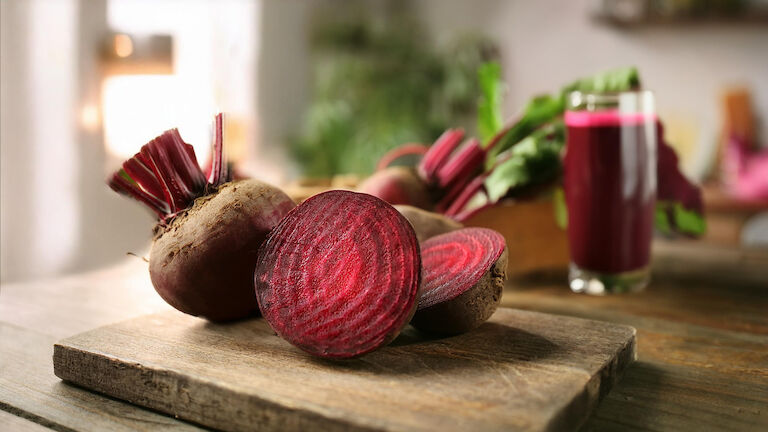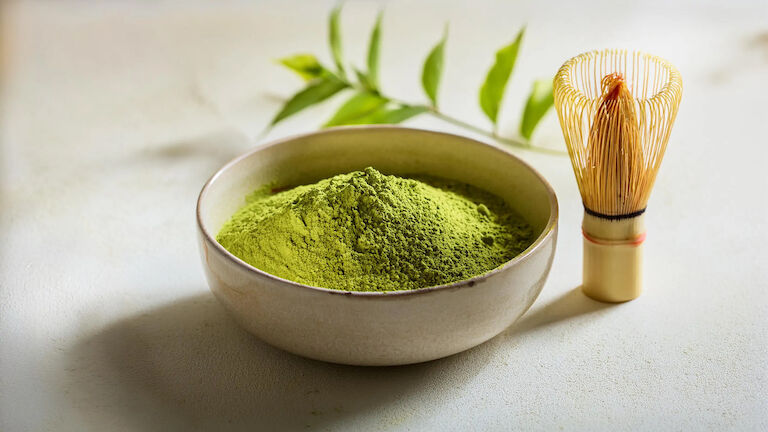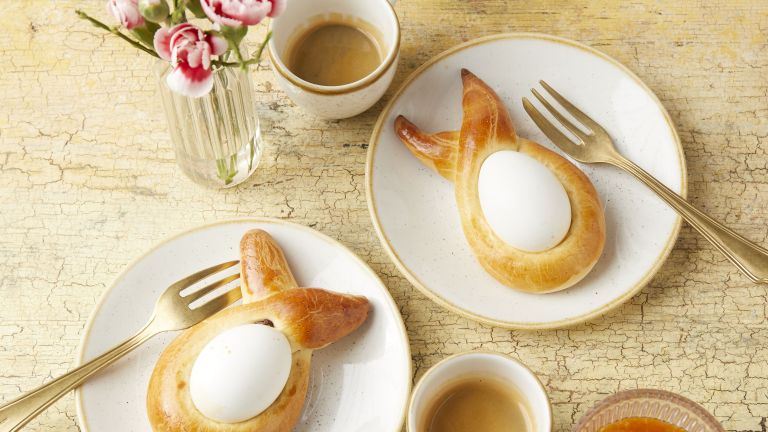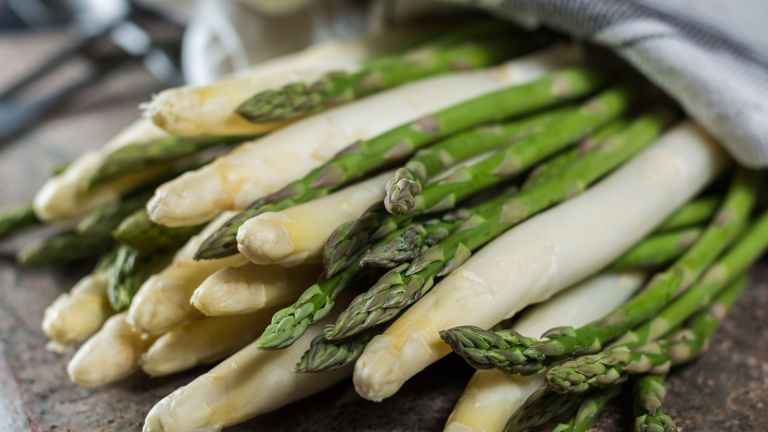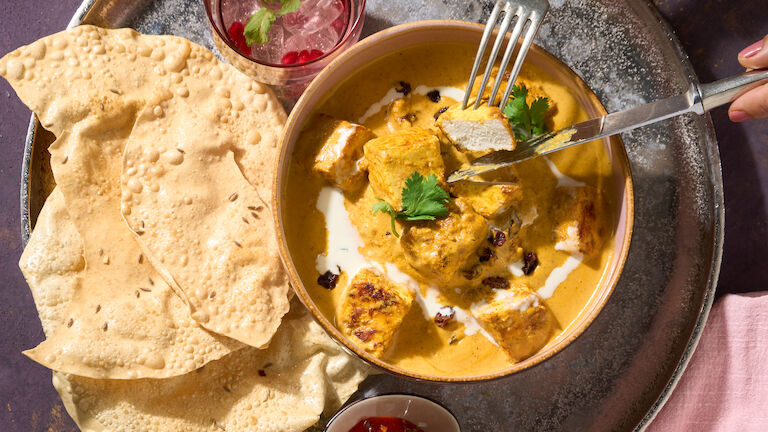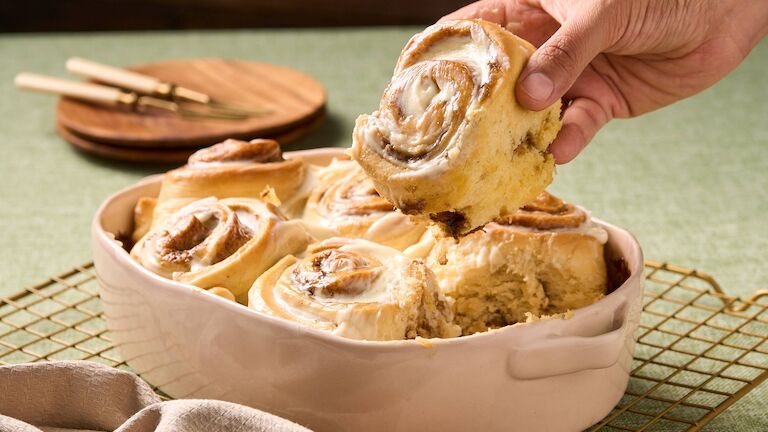Asian noodles: Your essential guide
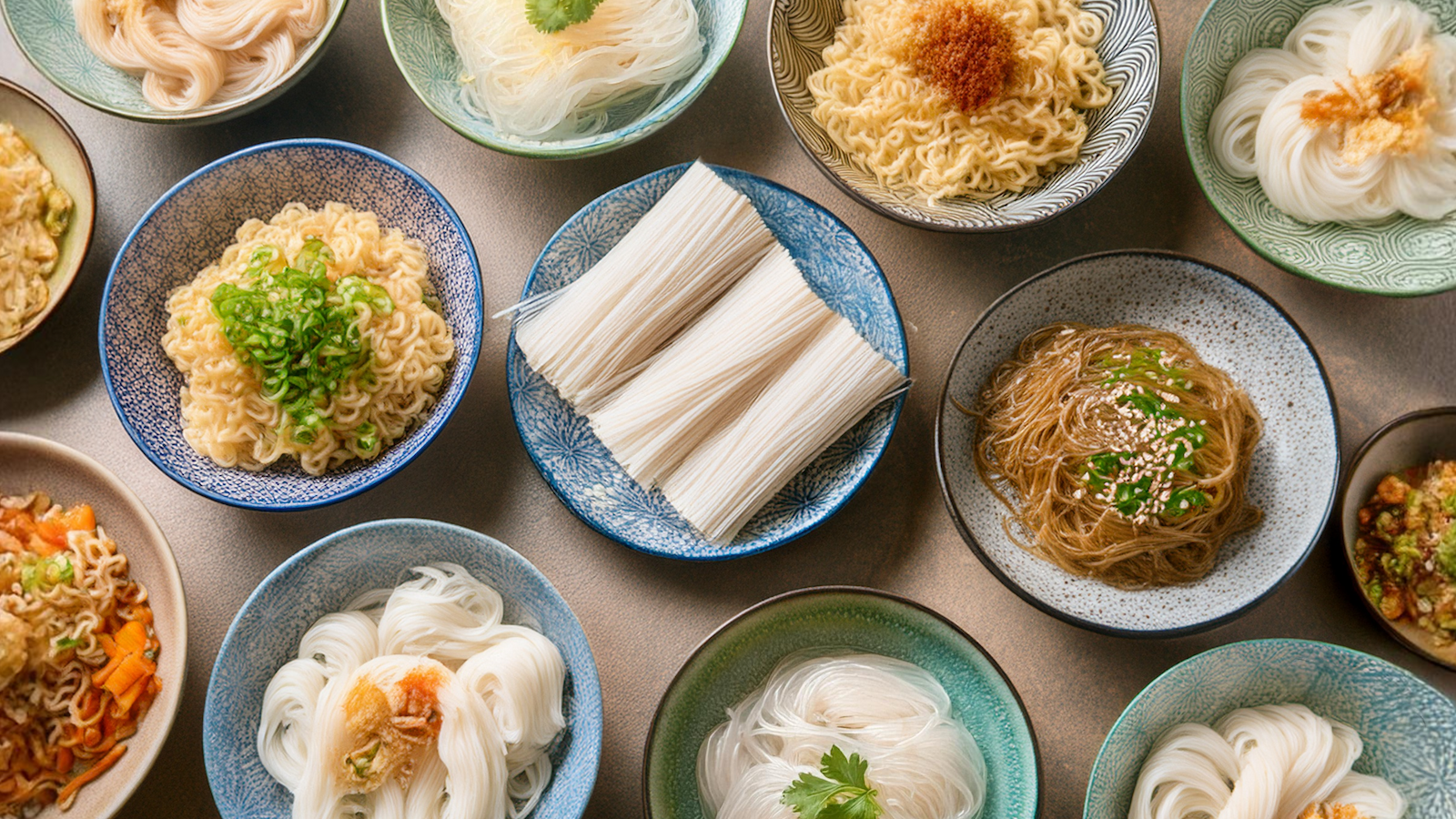
Asian noodles have captured the hearts and plates of food lovers worldwide. From the comforting embrace of Japanese ramen to the vibrant flavors of Chinese lo mein and the tangy delights of Pad Thai, these noodles offer endless possibilities for culinary exploration.
If the vast world of Asian noodles seems overwhelming, we recommend heading to an Asian supermarket for the best selection of authentic options. There, you'll find aisles filled with tantalizing choices, whether they are dried, packed fresh, refrigerated, or even frozen.
Now, let's delve into the world of Asian noodles and start with the basics. Asian noodles can be broadly categorized into three types: Wheat noodles, rice noodles and noodles made from other starches. Let’s explore them!
Wheat noodles for soups, bowls & more
Made from various types of wheat flour, these noodles are known as "mien" in Chinese, "men" in Japanese, "myun" or "gooksu" in Korean, "bún" in Vietnamese, and "sen" in Thai. Explore favorites like ramen, udon, chow mein, lo mein, yaka mien, and somen.
Our recipe tip: Fried noodles with chicken breast and Chinese sauce
The most popular wheat noodles include:
- Udon: Thick and chewy, udon noodles are popular in Japanese cuisine. Boil them and serve them in a hot soup with meat and vegetables, or experiment with hot pots, cold dishes, or pan-frying.
- Ramen: These wavy noodles, known for their bouncy texture, originated in China but are now associated with Japanese cuisine. Boil for a few minutes to use in soups, cold salads, or even enjoy them uncooked as a snack.
- Chow Mein: These noodles are perfect for stir-frying and can be parboiled before tossing them in the wok. They have a soft and chewy texture, often with crisp spots.
- Lo Mein: These soft, yellow noodles are best when boiled before being stir-fried or simmered with a thick brown sauce, vegetables, and meat.
- Yaka Mien: Similar to lo mein but thicker and chewier, these noodles are great for noodle soups, such as Taiwanese beef Danzai or New Orleans noodle soup.
- Somen: Delicately thin and white, these noodles are served chilled with a dipping sauce in Japan, or tossed with vegetables or kimchi for Korean dishes.
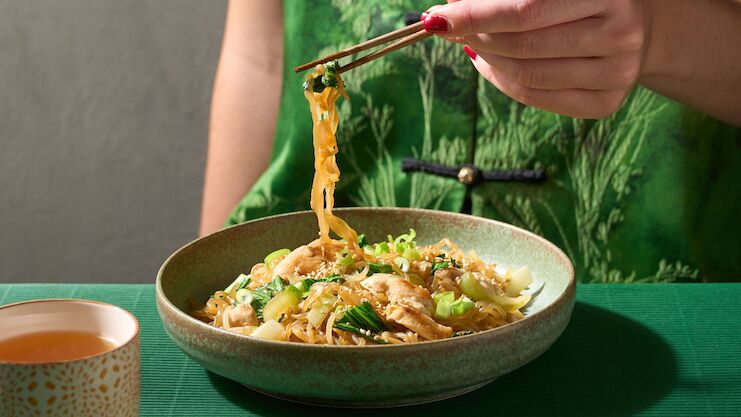
Rice noodles for aromatic variety
Made from rice flour and water, rice noodles are a fantastic base for absorbing flavors. They come in various forms, including rice sticks, rice vermicelli, and flat rice noodles.
Our recipe tip: Rice noodle pad thai with beef
- Flat Rice Noodles: These noodles, available as fresh or dried, can be cooked quickly in hot water. They are excellent in stir-fries, holding thick sauces like in Malaysian char kway teow, or in soups like creamy coconut laksa.
- Rice Sticks: These noodles, available in different sizes, can be briefly boiled or soaked in water for various dishes.
Rice Vermicelli: Thin and slightly chewy, rice vermicelli is quick to cook and can be used in soups, salads, stir-fries, spring rolls, and more.
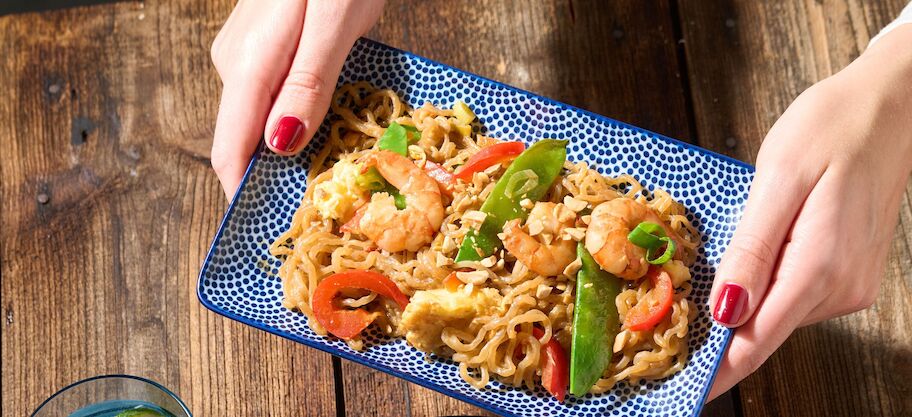
Noodles made from other starches eg. as low carb alternative
Asian noodles can also be made from alternative starches like mung beans, buckwheat, sweet potato, yam, and more. Explore the unique characteristics of mung bean threads, soba, naengmyeon, japchae, and shirataki noodles.
Our recipe tip: Fried noodles with broccoli and Chinese sauce
- Shirataki: These low-calorie Japanese noodles, made from yam starch, are fiber-rich and have virtually no flavor. They can be used in soups, sukiyaki, and stir-fries.
- Soba: Made from buckwheat or a blend of buckwheat and wheat flour, soba noodles are earthy and nutty, often boiled and served cold with a dipping sauce.
- Mung Bean Threads: These delicate glass noodles are commonly used in Thai and Vietnamese stir-fries, becoming clear, silky, soft, and rubbery when cooked.
- Naengmyeon: These Korean noodles are chewy and usually made with barley or buckwheat. They are served chilled in an icy beef broth or mixed with a spicy sauce.
- Japchae: A popular Korean noodle made from sweet potato starch, japchae is chewy and serves as a base for stir-fries, stews, and soups.
When cooking with Asian noodles, follow the instructions on the packaging for the perfect texture. Mindfully pair the right sauce with each type of noodle and experiment with toppings and flavor combinations to create your own unique noodle dishes.
So whether you're a slurping enthusiast or a sauce aficionado, Asian noodles have something for everyone. Embark on this culinary adventure, explore the noodle section of your local Asian market, and unleash your culinary creativity!



